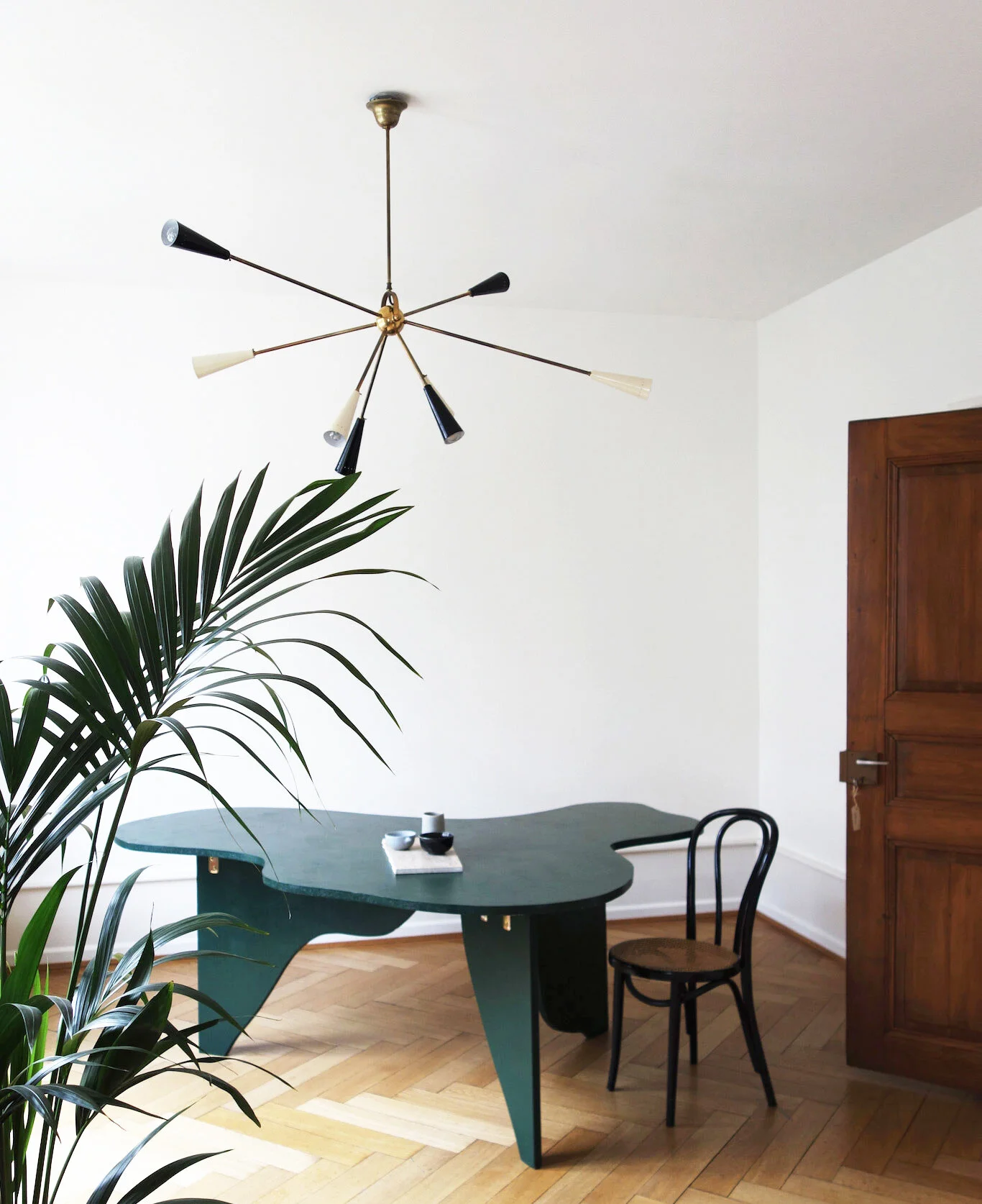Project name: THE DEATH OF A BUILDING / Part of the exhibition OTHERNITY at the The Hungarian Pavilion at the 2021 Venice Biennale
Project Type: Exhibition Contribution / Research
Location: The Hungarian Pavilion ,Venice Biennale
National commissioner: Julia Fabényi
Curator: Dániel Kovács
Curatorial team: Attila Róbert Csóka, Szabolcs Molnár, Dávid Smiló
Organisation: Ludwig Museum – Museum of Contemporary Art
Status: Realized
Acknowledgment: Project supported by the Polish Institute, Budapest + the Danish Arts Foundation
Image ©: Dániel Dömölky + Daniel Vegel
All Participants:
A-A Collective (Poland / Denmark / Switzerland), Architecture Uncomfortable Workshop (Hungary), b210 (Estonia), BUDCUD (Poland), KONNTRA (Slovenia / North-Macedonia / Croatia) , LLRRLLRR (Estonia / United Kingdom), MADA (Serbia), MNPL Workshop (Ukraine), Paradigma Ariadné (Hungary), PLURAL (Slovakia), Vojtěch Rada (Czech Republic), Studio Act (Romania)
The project of the Hungarian Pavilion, Othernity – Reconditioning our Modern Heritage is looking for an answer to the following question: what possibilities does the often disputed and in many ways obsolete heritage of the modern architecture hold for the architects of the future? The curatorial team asked 12 architecture practices from Central and Eastern Europe to recondition 12 iconic modern buildings of Budapest, offering a possible way to reconcile past and future architecture.
The exhibition is divided into two spaces: the LAB section documents the historical conditions of the 12 buildings, while the SHOWROOM section presents the 12 contemporary architectural reflections. The structure of the two sections is built up by mirroring the parameters of the objects on display: the two narratives are inseparable from one another and can be understood only in the context of the other.
Contribution by A-A Collective:
The building: National Power Dispatch Centre [built: 1974-1979, architect: Csaba Virág (1933–2015),moffice: Corporation for Residential and CommunalnDesign (LAKÓTERV)
To say goodbye: Not everything is meant for eternity. When we found the former building of the National Power Dispatch Centre in Budapest, we encountered a structure in poor condition, not properly maintained and abandoned for years. Inside, a demolition team was already in place to remove toxic materials and prepare the building for pull down. This building, at one time a monument of high-tech Brutalism, was now suffering a very slow and low-tech death.
As we left after our first visit, we noticed something seemingly banal - some shrubbery that had overgrown the facade.
To be loyal to the process of time and decay: The former National Power Dispatch Centre is located on the historical area of the Castle Hill. What struck our attention was the presence, in such an area full of monuments, of a building that through its state of decay was affirming the opposite: it takes work to make things stay the same. A building left alone is as dynamic as nature: it goes through youth, old age and death. So we asked ourselves: wouldn’t it be better, instead of keeping the “status quo”, to use the Dispatch Centre as an opportunity to introduce dynamics through an unorthodox restoration process?
To let go: We asked ourselves a fundamental question: What if we start designing the decay of this building, instead of a renovation or even transformation? What if we accept and even accelerate the process of nature taking over?
With our design we intend to manage and support the process of nature taking over, with the goal of giving a green space to this area of the city. At the same time, we think that such a building deserves a funeral. Demolition would obliterate a part of history in a manner unbefitting Castle Hill, a place where history is celebrated.
To Accept death: We strip the building of its toxic materials and get rid of everything but the constructing elements and infrastructural cores. During the day, this new city oasis will be open to visitors and function as a public park ensconced within the remains of a building that “once was”. The project will act as an experimental way to deal with Brutalist heritage by pointing towards a more symbiotic and nature driven future.
“All go to the same place; all come from dust, and to dust all return.” Ecclesiastes 3:20














































































































































































